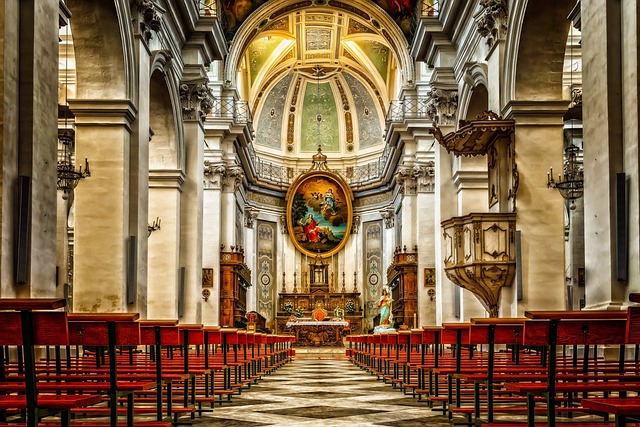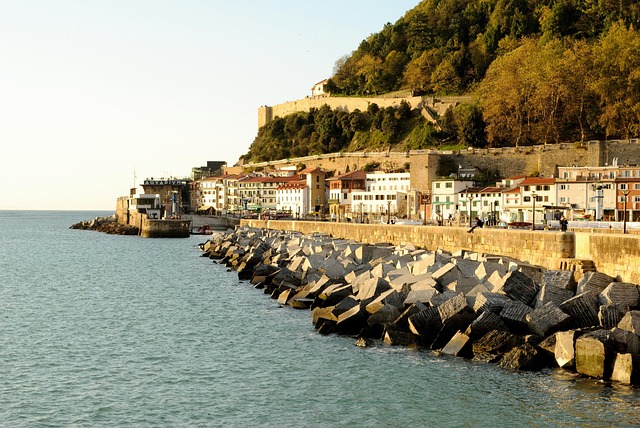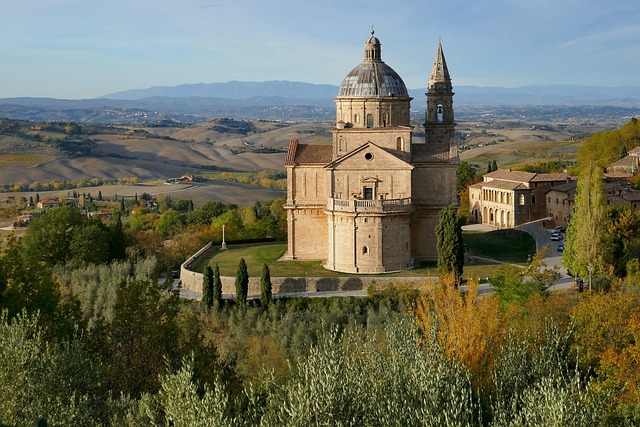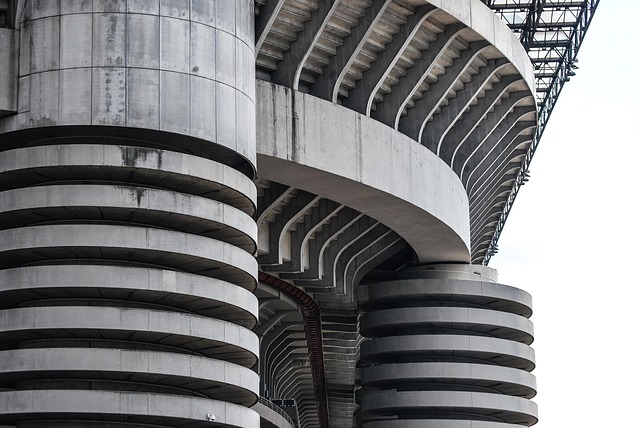Cultural diversity drives real estate markets by attracting buyers and renters seeking unique experiences, leading to higher property values and innovative housing designs. Inclusive communities thrive through friendly interactions and knowledge-sharing among residents, fostering mutual understanding and enhancing neighborhood appeal. Developers worldwide adopt integration strategies like mixed-use developments with cultural centers and multilingual amenities, strengthening social cohesion and boosting local economies as seen in Berlin's multicultural success story.
In today’s globalized world, cultural diversity is a vibrant force shaping real estate markets. Friendly residents play a pivotal role in fostering inclusivity and creating thriving, diverse communities. This article explores the multifaceted impact of cultural diversity on real estate development, highlighting how open-minded residents enhance property values and community life. We present case studies demonstrating successful integration efforts and offer insights into the key strategies that promote inclusive neighborhoods. Discover how embracing diversity can revolutionize real estate.
How Cultural Diversity Enhances Real Estate Markets

Cultural diversity is a vibrant addition to any real estate market, bringing a multitude of benefits that enrich both communities and individual properties. When neighborhoods embrace diverse cultures, it creates an atmosphere of dynamism and vibrancy that attracts a wider range of buyers and renters. This diversity can lead to increased property values as people are drawn to areas that offer unique cultural experiences and a rich mix of cuisines, traditions, and lifestyles.
Moreover, culturally diverse communities often foster creativity and innovation in real estate. Developers and designers may be inspired to create unique housing options, catering to various cultural preferences and needs. This can result in an exciting blend of architectural styles and community spaces that enhance the overall desirability of the area, further boosting the local real estate market.
The Role of Friendly Residents in Fostering Inclusivity

In any vibrant real estate market, the role of residents in shaping a community’s character cannot be overstated. Friendly and open-minded residents play a pivotal role in fostering cultural diversity and inclusivity. When neighbors actively embrace differences, they create an environment where everyone feels welcomed and valued. This simple act of friendliness can break down barriers, encourage dialogue, and foster mutual understanding.
By engaging with newcomers from diverse backgrounds, long-time residents can share their knowledge about local areas, help integrate new members into the community, and promote a sense of belonging. This dynamic not only strengthens social cohesion but also enhances the overall livability of the neighborhood, making it a desirable place to call home for people of all cultures and ethnicities.
Case Studies: Successful Integration of Diverse Communities in Real Estate Development

In recent years, real estate developers have increasingly recognized the importance of cultural diversity in community development. Case studies from urban centers worldwide highlight successful integration strategies that foster inclusive environments. For instance, in vibrant cities like Toronto, Canada, mixed-use developments incorporate cultural centers and multilingual amenities, encouraging residents to celebrate their heritage while engaging with neighbors from different backgrounds. These projects not only enhance social cohesion but also attract a diverse tenant mix, boosting the local economy.
Another noteworthy example is found in Berlin, Germany, where post-reunification efforts have led to a thriving multicultural scene. Real estate initiatives focusing on affordable housing have actively attracted refugees and immigrants, contributing to a rich cultural tapestry. Through community gardens, shared public spaces, and language exchange programs, these developments promote understanding and acceptance, showcasing the power of diverse communities in shaping urban landscapes.






